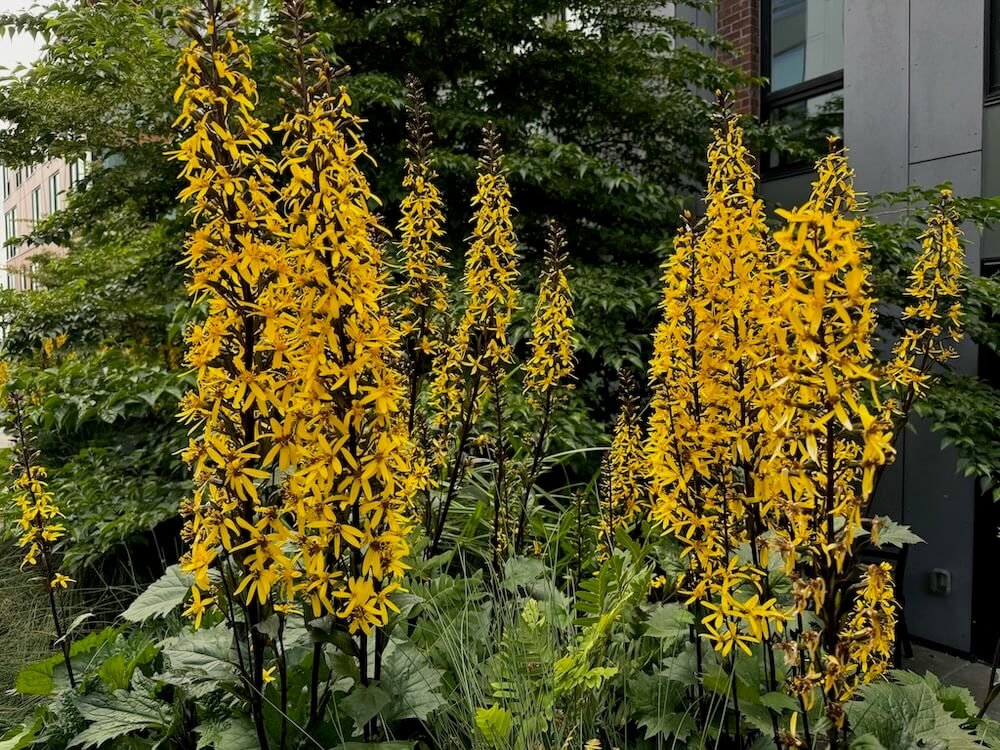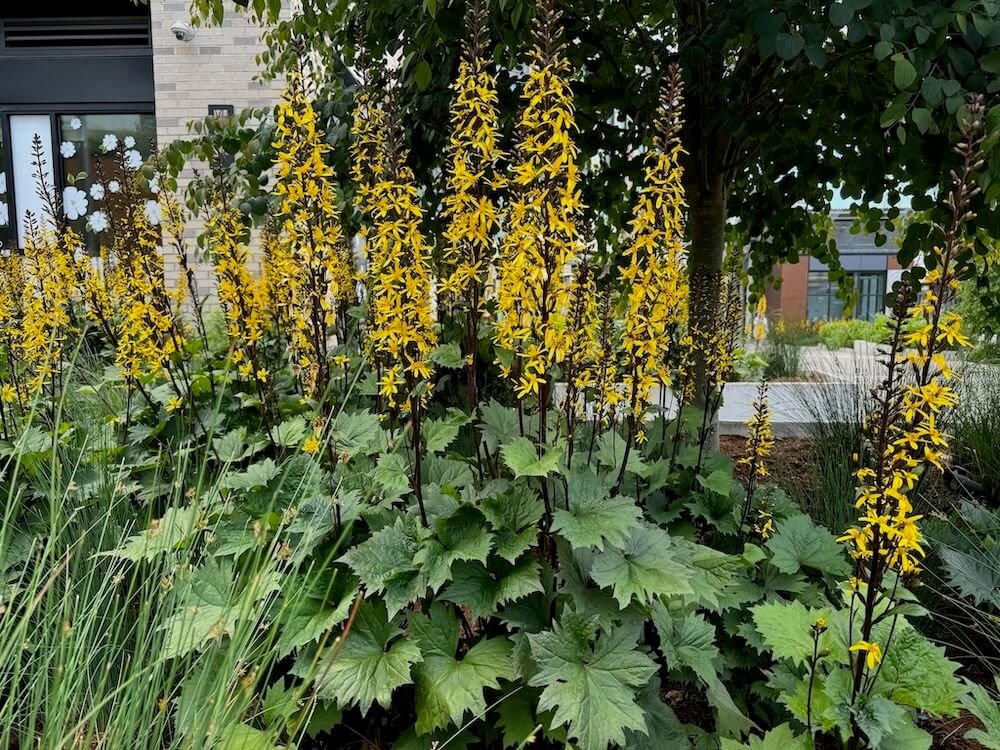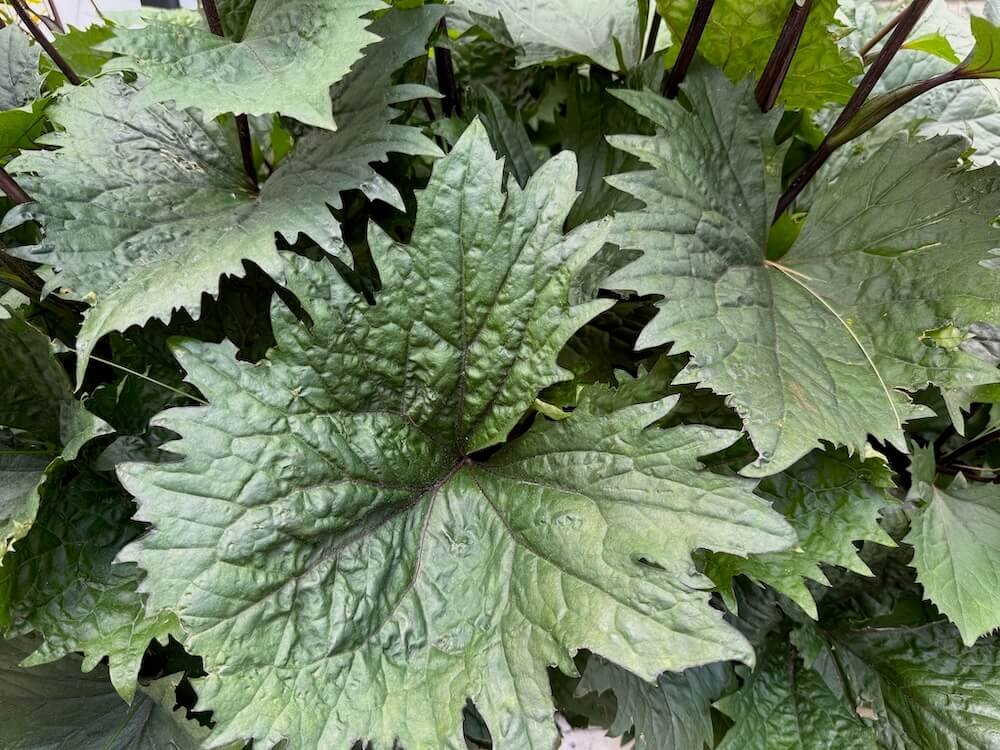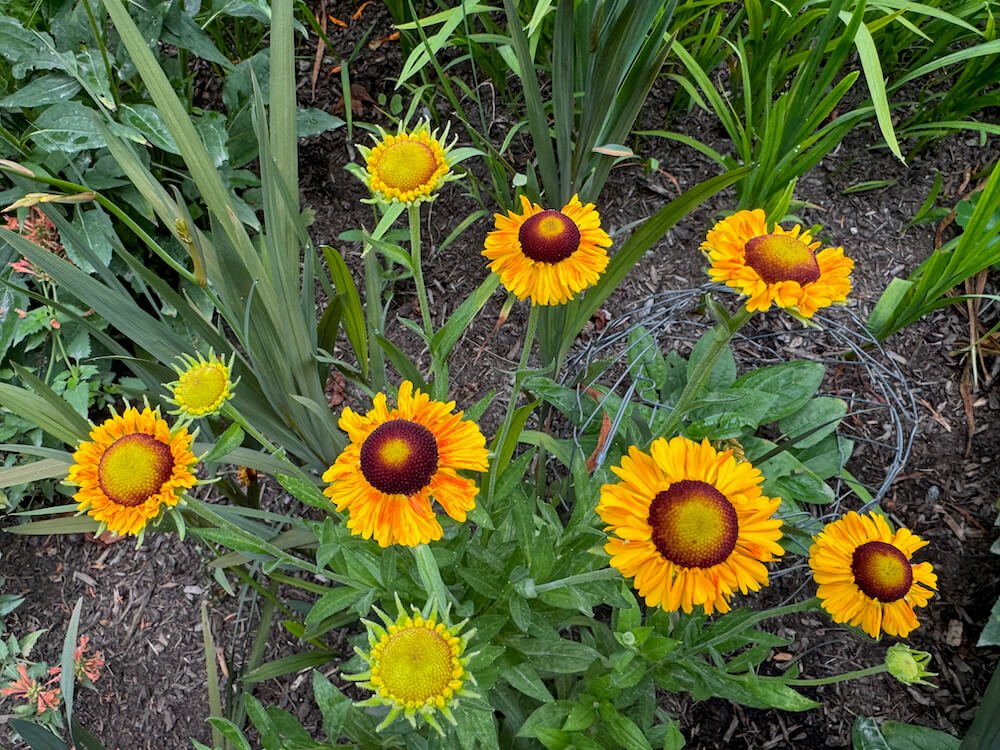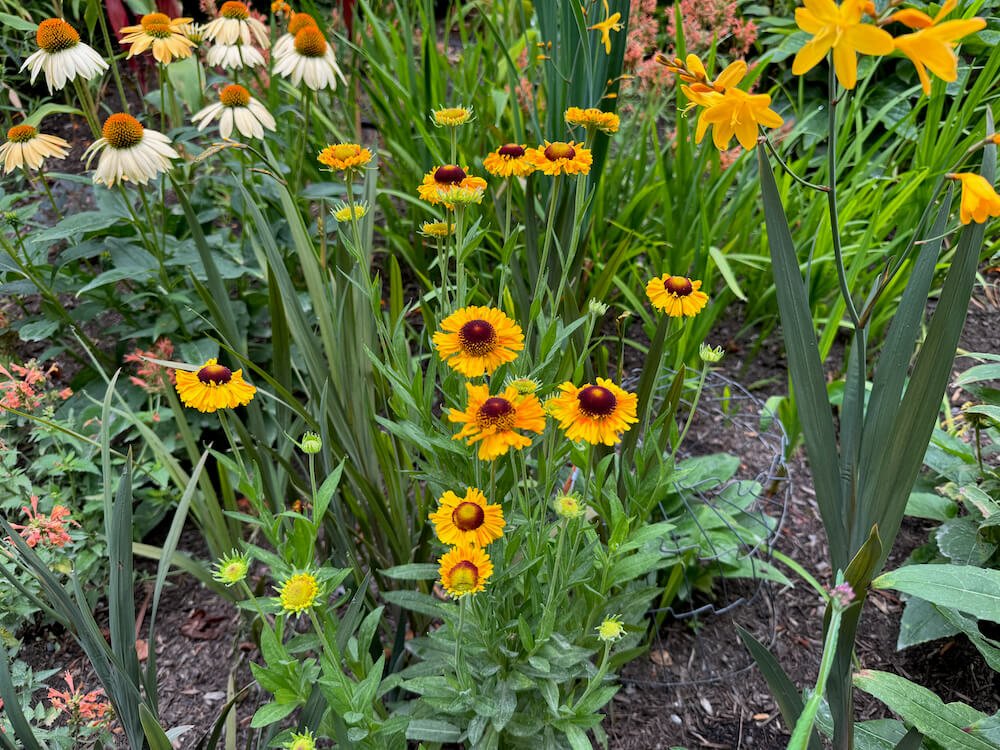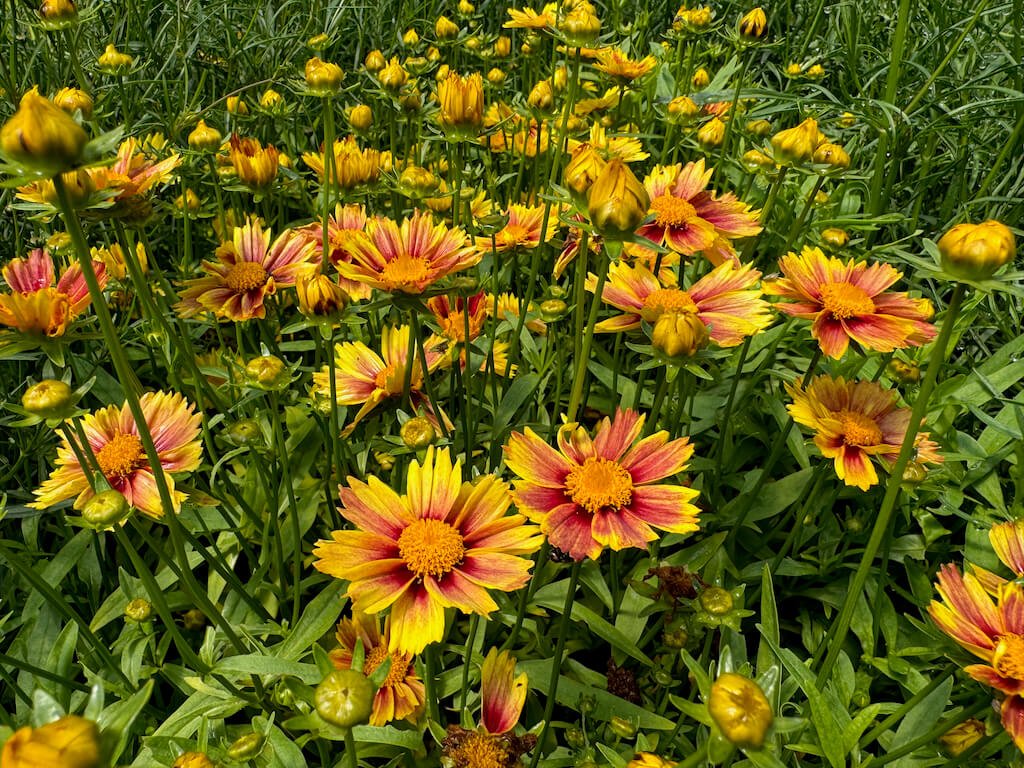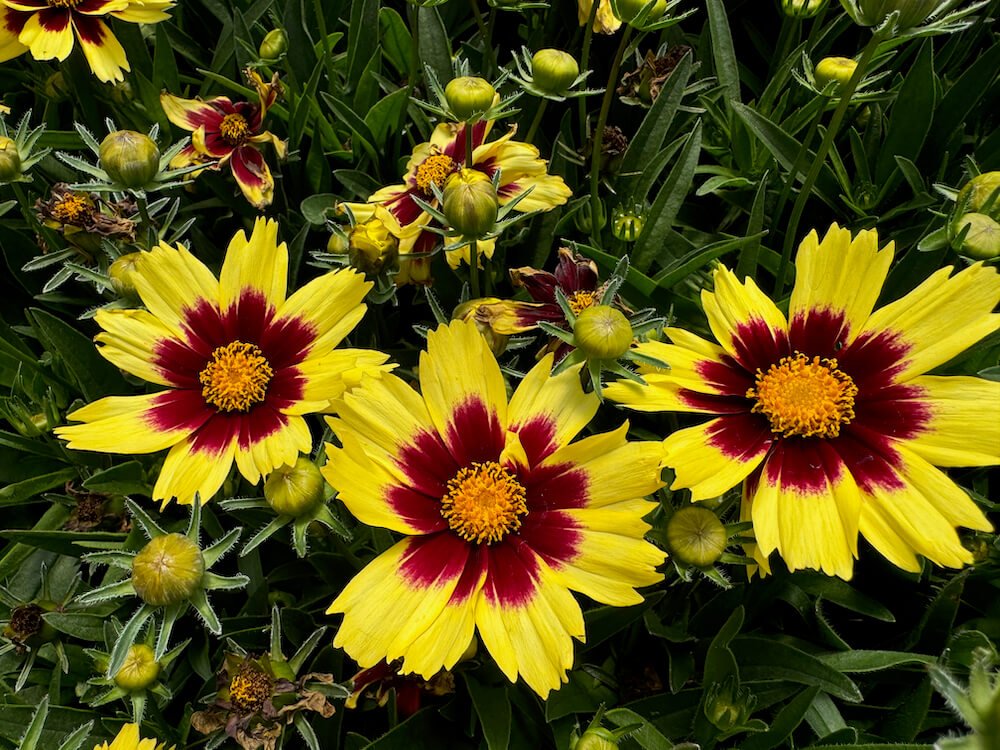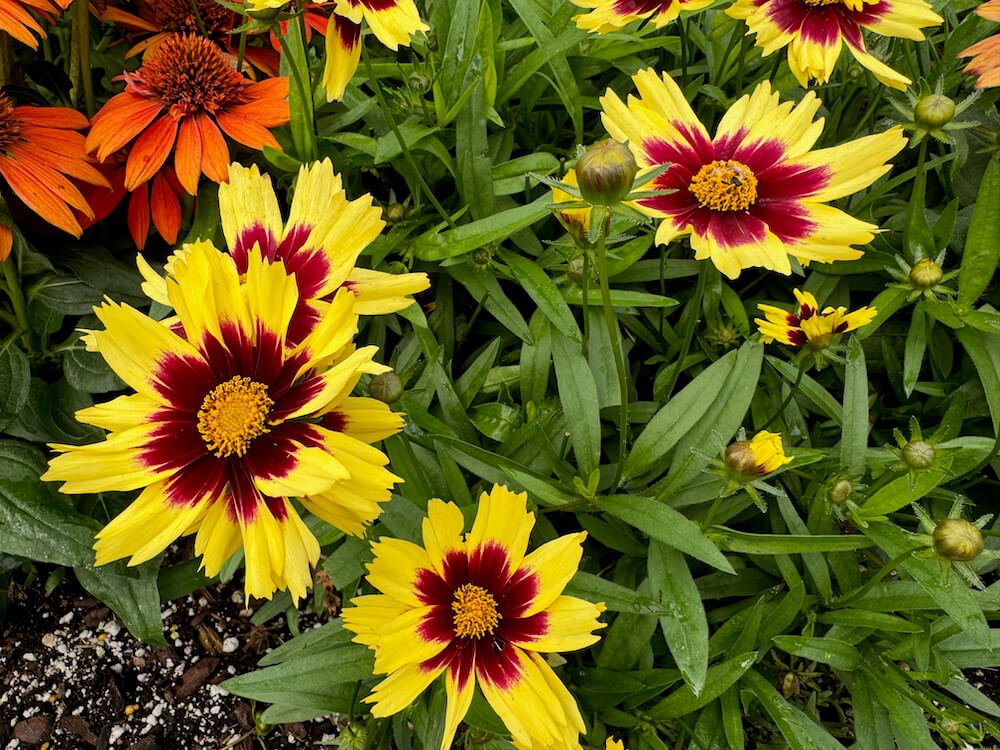DESCRIPTION
Paeonia ‘Prairie Moon’ is known for its large, pale yellow, single to semi-double blooms. The flowers emerge in late May, and each blossom shares a bowl-shaped form with broad petals surrounding clusters of golden-yellow stamens. The glossy, divided foliage remains lush from spring into early summer, framing the flowers on strong, upright stems that often do not require support even after rainfall.
This cultivar has proven hardy and resilient, often surviving winter temperatures across USDA zones 3–8 without damage. Prairie Moon makes an excellent cut-flower, with blooms that hold well in arrangements. Its consistent flowering and clean foliage create a serene and enduring presence in late spring garden displays.
DESCRIPTION
Paeonia ‘Prairie Moon’ is known for its large, pale yellow, single to semi-double blooms. The flowers emerge in late May, and each blossom shares a bowl-shaped form with broad petals surrounding clusters of golden-yellow stamens. The glossy, divided foliage remains lush from spring into early summer, framing the flowers on strong, upright stems that often do not require support even after rainfall.
This cultivar has proven hardy and resilient, often surviving winter temperatures across USDA zones 3–8 without damage. Prairie Moon makes an excellent cut-flower, with blooms that hold well in arrangements. Its consistent flowering and clean foliage create a serene and enduring presence in late spring garden displays.




